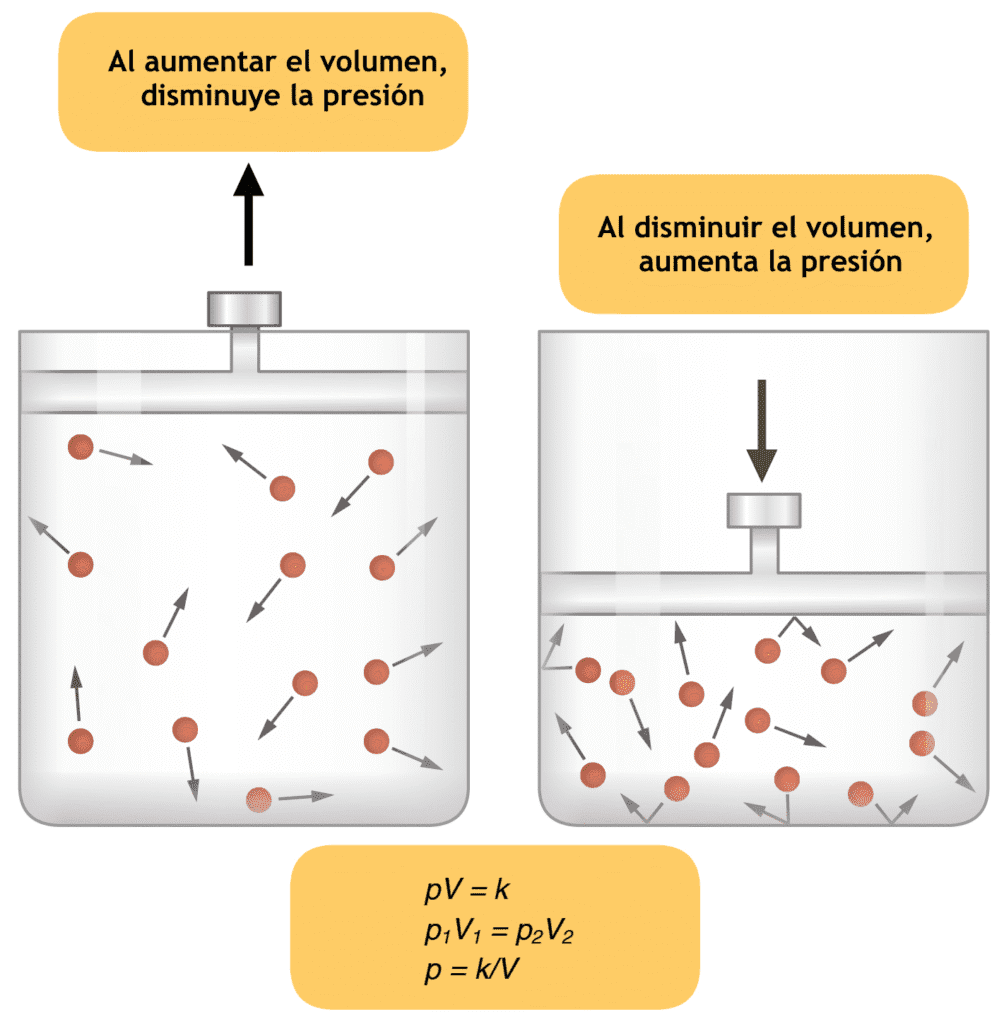Metabolism of volatile anesthetics is discussed here. Once thought to be chemically inert, inhalation agents, especially the older ones, undergo significant metabolism, bio-transformation and breakdown to potentially toxic intermediates.
This process is affected by age, disease, drug interaction and genetics. Inhalation agents are administered in great excess of the amount metabolized unlike other drugs.
For the metabolism of volatile anesthetics , the drug metabolism is essential for lipophilic drugs to be converted into hydrophilic products for elimination and termination of biologic activity.
The products are then excreted through the kidney and bile. Excretion of inhalation agents is mainly by exhalation. Volatile agents are absorbed by the respiratory epithelium and mucous membranes; due to the large area, there is instant absorption and action.
Metabolism of volatile anesthetics includes various factors such as, Liver is the primary organ for drug metabolism because of its large dual blood supply (portal and arterial) and rich concentration of enzymes in the hepatocytes.
Metabolism is in two phases. Phase us with functionalization reactions by cytochromc P450 mono-oxygenases. In phase II, there are biosynthetic conjugation reactions like glucuronidation and cytosolic sulfation.
This was in brief about the various aspects of volatile anesthetic metabolism and how it is metabolized in the body.

